My easy sugar free orange marmalade recipe is zesty and full of flavour. Even better, at 2.1g net carbs per tablespoon it's suitable for low carb and keto diets.
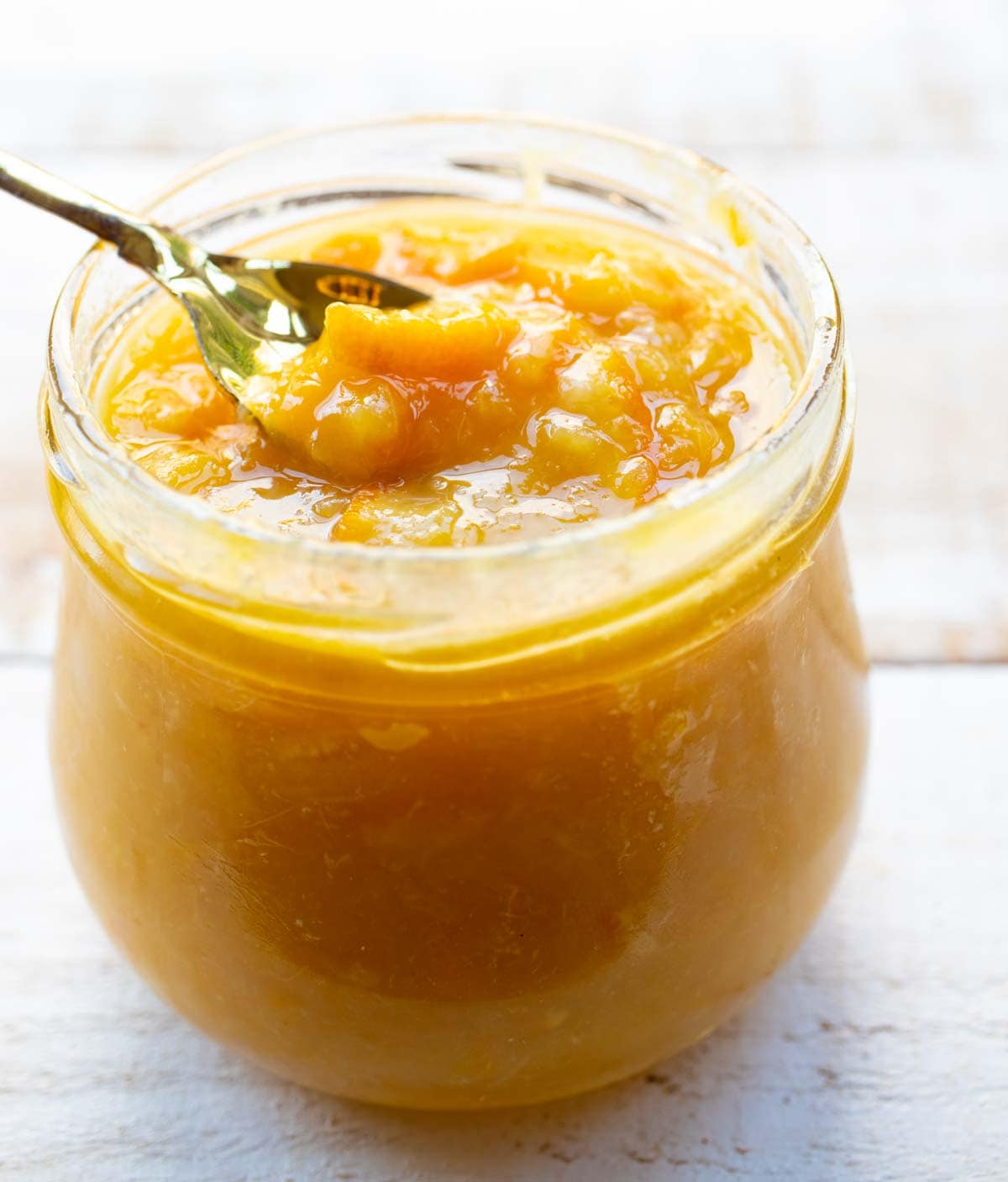
I've lived in London for over half my life now and I've come to love many of the British staples, from English Breakfast to scones (I've linked to my keto versions of these wonderful dishes here!).
So, naturally, I also adore orange marmalade!
Regular orange marmalade contains astonishing amounts of sugar. It is not unusual for a recipe that requires 4 oranges to use 8 cups - almost 2 kilos - of table sugar!
The sugar helps preserve the marmalade, and also thickens it. But unfortunately it will also raise your blood sugar levels. Not a good choice!
Jump to:
A Sugar Free Marmalade Recipe
Oranges contain a fair amount of natural sugar and carbs - about 12 grams of net carbs per orange. So, you could argue that there is no such thing as a sugar free orange marmalade.
Well, I'm asking you politely here to please not split hairs. I'm using the term "sugar free" because I have replaced the sugar in the recipe with powdered sweetener, which is zero carb.
This way, the only carbs and sugars you're consuming are from the fructose in the orange. There's also more fibre than you'd find in regular orange marmalade, because I'm using the ENTIRE ORANGE, including the skins. And fibre slows the absorption of glucose (sugar & carbs) into the blood.
And since one generous portion is 1 tablespoon, this adds up to no more than 2.1 grams per serving! Voila, you've got yourself a spoonful of sunshine to brighten up your keto breakfast.
IMPORTANT: My sugar free orange marmalade is not a clear jelly like the marmalade you may be used to. Because it contains all the fibre an orange has to offer, it's more like a jam. It's simply incredibly tasty, zesty and totally delicious!
Instructions
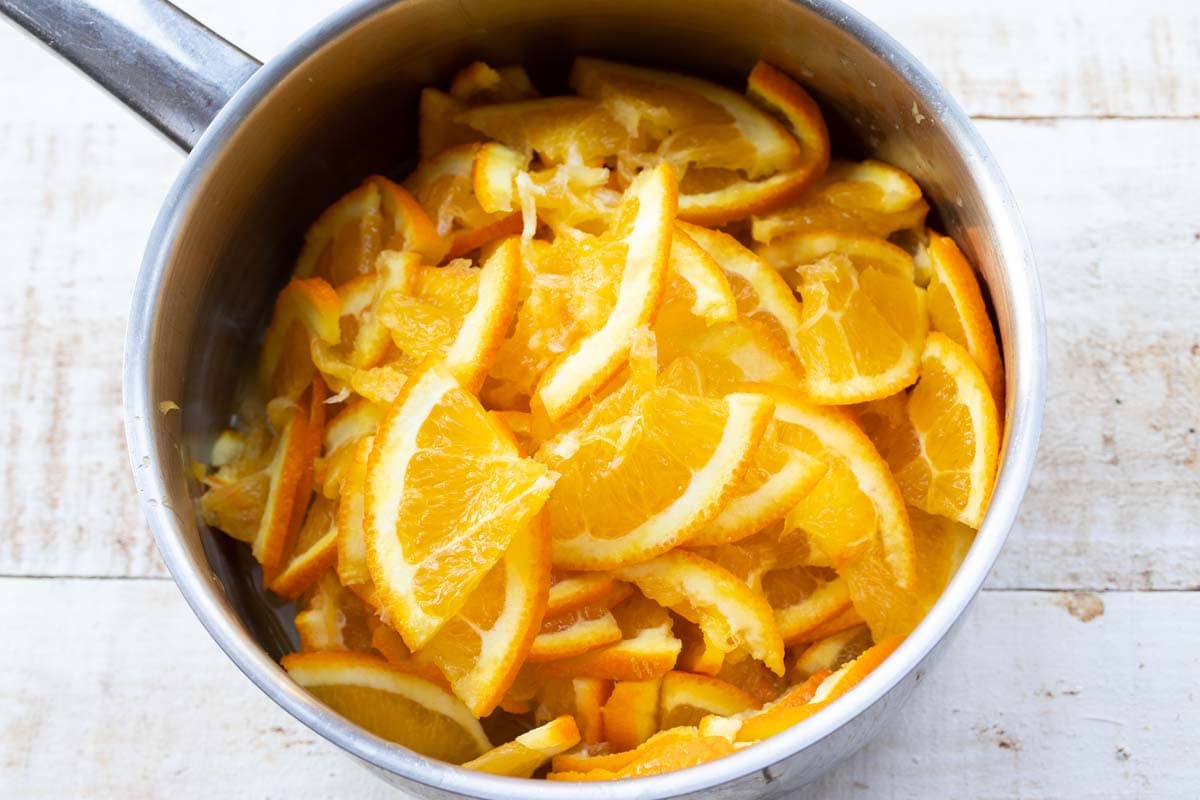
Let's make keto orange marmalade!
You start by scrubbing the oranges to remove all the wax. This will also improve the taste of the final product!
Then you chop off the tops and the bottoms or the oranges, where the skin is normally the thickest. Quarter the fruit, remove any seeds and slice into VERY THIN slices using a sharp knife.
Now, throw the slices into a metal saucepan, add the water and juice of 1 lemon. Bring to the boil and then simmer, lid on, for 2 hours.
After this, remove the lid, add the sweetener and turn up the heat to medium to bring the jam back to a boil. This now starts to reduce the liquid in the pan. Don't forget to start stirring frequently at this point!
(Note - now is the time to add in any flavours if you wish - a vanilla pod, a cinnamon stick, a little ginger or even a shot of whiskey.)
Basically, you want the temperature in the pot to go beyond 100 degrees Celsius, so the natural pectin in the orange pith - the white part of the skin - can release and thicken the orange jam so it sets nicely.
Recipe FAQs
I recommend that you use seedless oranges with a thin skin. The thicker the pith, the more bitter your marmalade will taste. Juicing oranges are normally thin-skinned. Ask your greengrocer for advice!
Don't use Seville oranges for this recipe. I know they are "it" when it comes to regular orange marmalade. But their skin contains more bitterness than that of regular oranges. You would not want to use as much skin as we are for this sugar free marmalade recipe. Seville oranges NEED A LOT MORE sugar than we are using here.
I used a powdered erythritol / monk fruit mix, but xylitol or allulose would work equally well here. I felt that 1.5 cups was sufficient, but you could increase it to about 2 cups if you prefer a sweeter marmalade.
Since I'm using the entire orange in this recipe, I'm aware some people may feel it's too intense. You know yourself best! If you have a real sweet tooth, consider not using the peel from ALL the oranges. So, if you're using 3 large oranges, simply discard the peel of one and only use the fruit.
Yes. Several readers have now told me that they made this sugar free marmalade recipe with a mixture of orange, lemon and lime or made the marmalade with only lemon or with lime. Lemons and limes are a lot more zingy than oranges. You will need to increase the sweetener to taste.

How to know when marmalade is ready
Cooking times will depend on how hot your stove it. So if you're using a lower temperature than I did, your jam will take a little longer.
This is the rule of thumb: If your marmalade looks thick at the end of cooking, you KNOW it's ready. However, if it looks still a little thin, you can test it by putting a spoonful on a plate, which you put it in the fridge or freezer for a little bit.
If the top of the mix starts wrinkling when you touch it with a finger or spoon, it's set! Otherwise, reduce it a little longer.
Marmalade WILL continue to set for up to 48 hours after you stop cooking. So, be patient.
Storage
Fill your sugar free orange marmalade into clean glass jars and store in the fridge for up to 3 weeks or freeze for up to 6 months.
I do not recommend trying to can this marmalade. Regular marmalade has a long shelf life because of the sugar, which helps preserve it. The acid in the lemon (and the oranges) helps preserve this jam, but essentially, this is NOT a long life product.
UPDATE: I have now had reports from readers that they have canned the marmalade successfully. This is what Toni wrote me in June 2024:
"I made several pints, following your recipe exactly. Processed them in a water bath for 10 minutes. This was in February. We have opened one a month, the latest one today and it is as delicious as the day it was made. So happy to know I can preserve this, as it is my favorite marmalade/jam."
Uses
Spread over keto buns or on a slice of toasted low carb bread. Spoon over sugar free ice cream or blend a couple of spoonfuls into my keto cheesecake fluff!
Orange marmalade also works exceedingly well with pork or chicken - use a few spoonfuls brush over chicken towards the end of roasting!
More Sugar Free Jam Recipes
Tried this recipe? Give it a star rating below!
★ STAY IN TOUCH on FACEBOOK, PINTEREST and INSTAGRAM for more great food and join my NEWSLETTER for the latest updates and a FREE EBOOK.★
Recipe
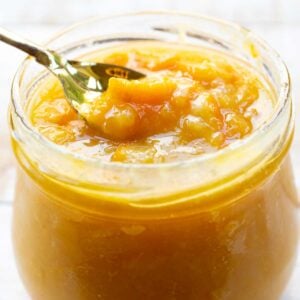
Sugar Free Orange Marmalade Recipe
from Sugar Free LondonerNote: The servings slider only changes the first amount in each line and not any subsequent amounts. Please make your own calculations where necessary.
Ingredients
- 2 pounds / 900g oranges (about 3 large organic oranges)
- juice of 1 lemon
- 2 cups / 480ml water
- 1.5 cup / 240g powdered sweetener ***see notes
Instructions
- Wash and scrub the oranges to remove the wax on the skins and cut off the tops and bottoms. Quarter, remove any seeds and slice as thinly as possible. Put into a saucepan together with the juice of 1 lemon and 2 cups of water. Bring to the boil, then simmer for 2 hours with the lid closed.
- Take off the lid and increase the temperature to medium. Add the sweetener and let the marmalade bubble away and reduce, stirring regularly (especially towards the end). Adjust sweetener, adding more if required.
- Fill the marmalade into glass jars and store in the fridge.
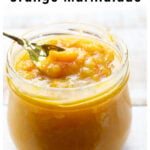
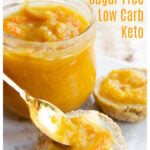

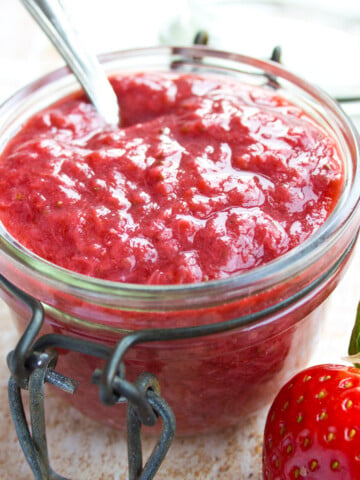
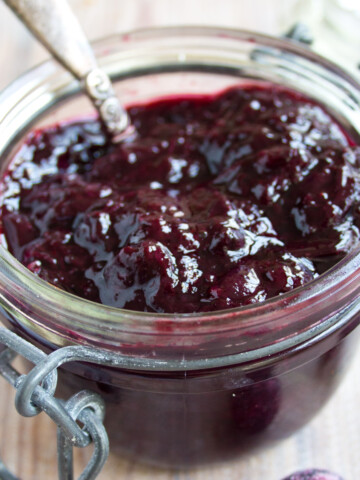
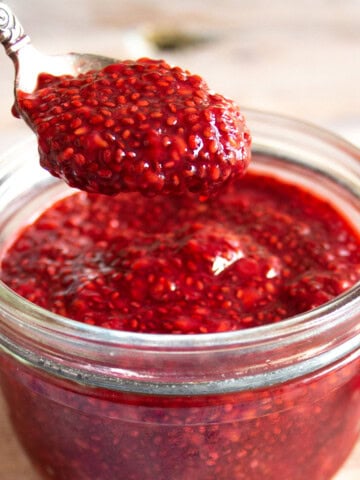
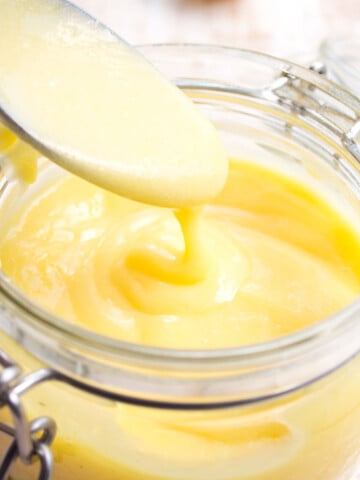
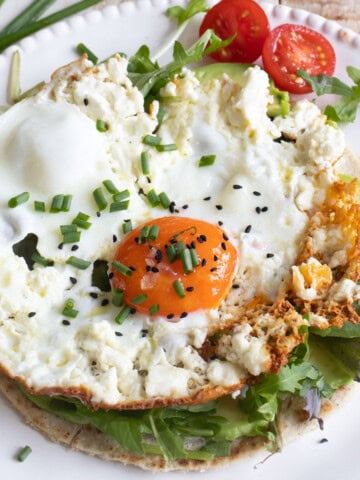
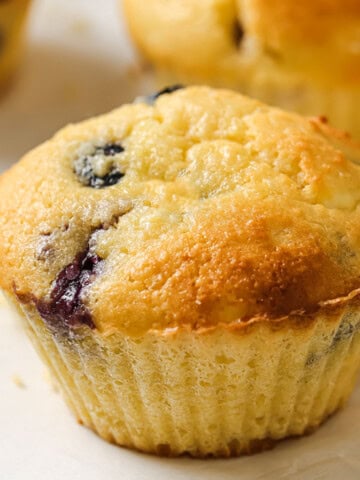
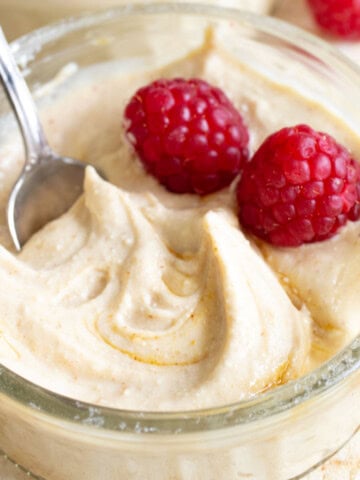
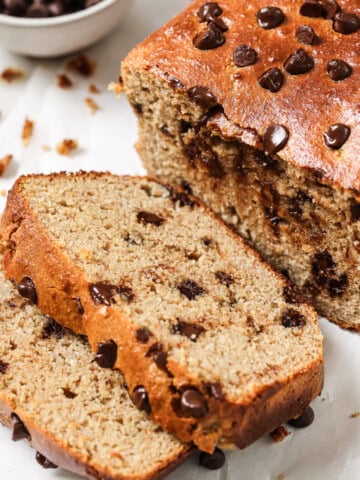


Susi
Foolproof and well thought out, as always. Thank you Katrin... In late January and through February I buy Seville oranges, and then freeze a few kilos to see me through the year .. I like my marmalade very bitter, and, of course, they are wild oranges and have little or no natural sugar, making it healthier! Just add extra allulose... Perfect!